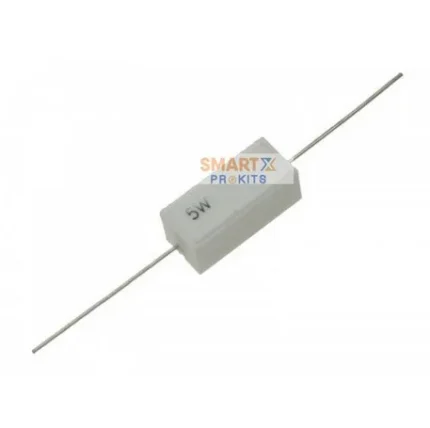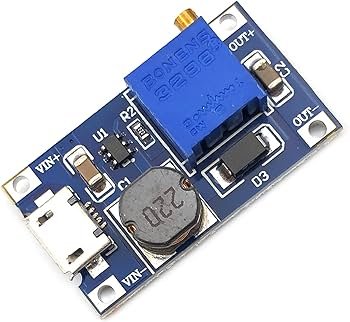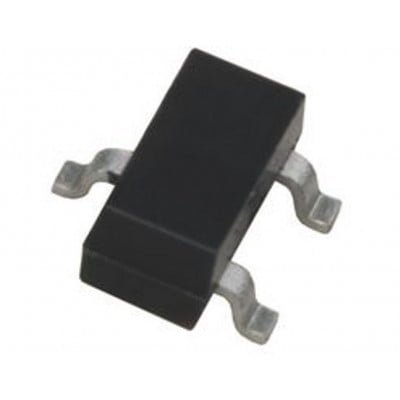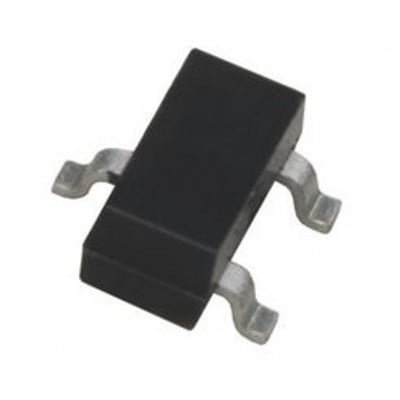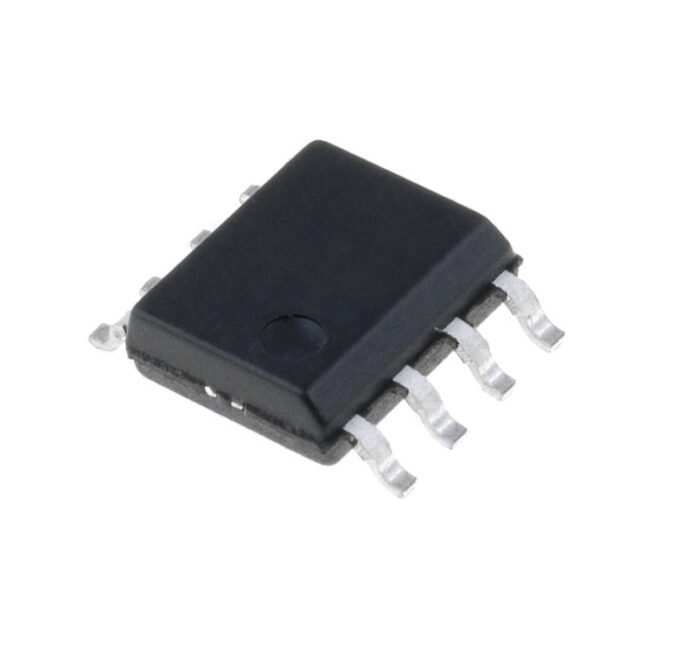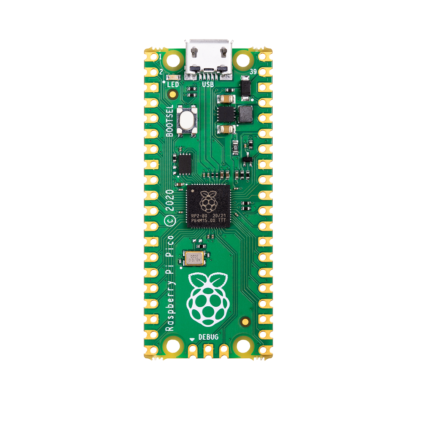
LM2596/Xl6009 Holder for DIY Projects -050
- Custom Fit: Designed specifically for the LM2596 voltage regulator.
- Durable Material: Crafted from high-quality PLA+, providing strength and longevity.
- Secure Mounting: Pre-drilled holes for easy and secure installation in your DIY projects.
- Compact Design: Ideal for use in small and portable electronics setups.
- Professional Finish: Gives your electronics projects a polished, neat look.
12k Ohm Resistor – 5w
0.47μF 474J 630V CBB22 Metallized Polypropylene Film Capacitor
MT3608 DC Voltage Regulator Module with USB
15 Amp 250V Glass Fuse
AM26LS32 INSTRUMENTS DIP 26LS32 Integrated Circuits, For Electronics
HR202 Humidity Detection Sensor Module
BC857 – (SMD SOT-23 Package) – PNP General Purpose Transistor
- BC857 transistor belong to PNP general purpose transistors. General purpose switching and amplification are the main applications of this transistor.
BC847 – (SMD SOT-23 Package) – NPN General Purpose Transistor
- BC847 NPN general-purpose transistors comes in Surface-Mounted Device (SMD) plastic packages. It is mainly used in General-purpose switching and amplification.
MAX660 IC CMOS Monolithic Voltage Converter IC
- The MAX660 monolithic, charge-pump voltage inverter converts a +1.5V to +5.5V input to a corresponding -1.5V to -5.5V output. Using only two low-cost capacitors, the charge pump’s 100mA output replaces switching regulators, eliminating inductors and their associated cost, size, and EMI. Greater than 90% efficiency over most of its load-current range combined with a typical operating current of only 120µA provides ideal performance for both battery-powered and board-level voltage conversion applications. The MAX660 can also double the output voltage of an input power supply or battery, providing +9.35V at 100mA from a +5V input.
1×4 Matrix Membrane Switch Keypad
Features :
- Ultra-thin design & adhesive backing provides easy integration to any project
- Excellent price-performance ratio
- Easy communication with any microcontroller
- This allows a microcontroller to ‘scan’ the 5 output pins to see which of the 4 buttons is being pressed





















